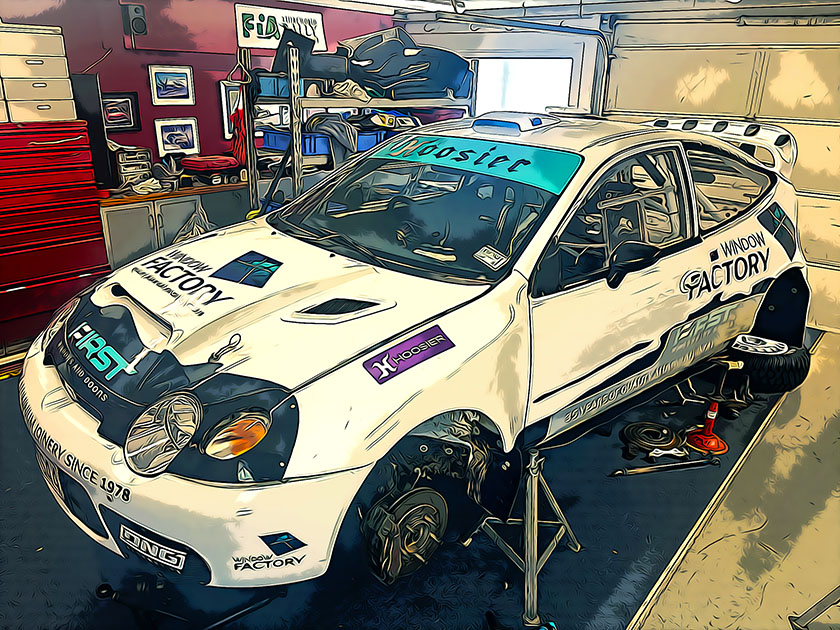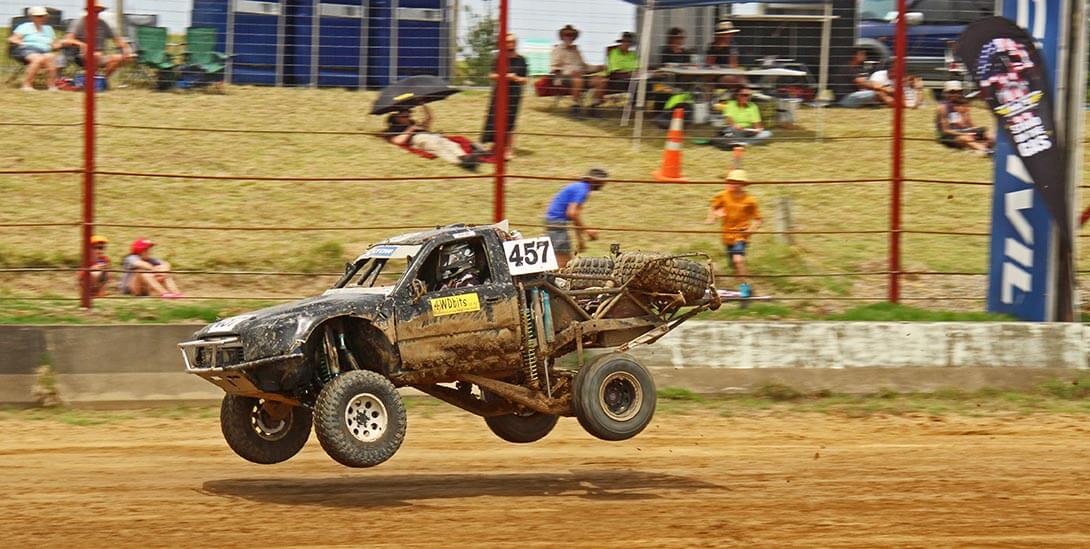RALLY4
RALLY4 – Four-Wheel Drive Rally Cars
Technical Specifications – Four-wheel drive rally cars in New Zealand are typically more powerful and capable than their two-wheel drive counterparts. They often compete in higher-level championships and events.
Common Classes and Regulations
* Group A: This class was popular in the past and featured production-based cars with extensive modifications. It has since been replaced by other classes.
* Group N: While primarily for two-wheel drive cars, some four-wheel drive models can also compete in this class.
* Group R: This class includes rally cars based on production models with significant modifications, including upgraded engines, suspension, and drivetrains.
* World Rally Championship (WRC): New Zealand has hosted WRC events in the past, and the cars that compete in these events are at the pinnacle of rally technology.

